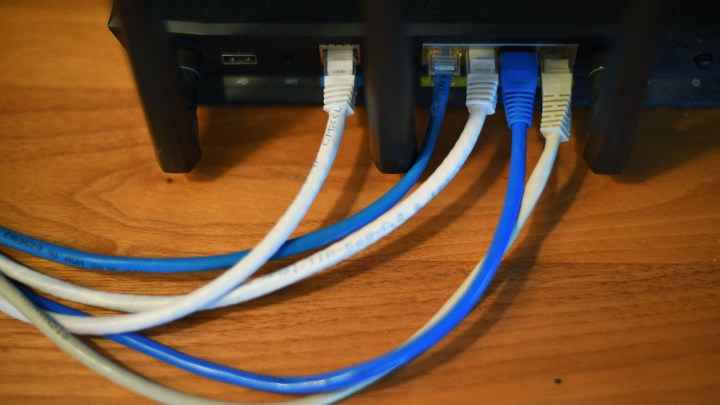
FCC proposes rule change to help tribal libraries with broadband
FCC proposes rule change to help tribal libraries with broadband

The Navajo Nation, which spans more than 27,000 square miles, officially only has three libraries. But there are more than 100 chapter houses: local government and community centers that function sort of like libraries.
“At each chapter house, there is a very unique collection of books and circulated materials,” said Donovan Pete, program supervisor of the Navajo Nation’s library system.
The Nation is currently expanding internet capacity at 90 of those chapter houses through E-Rate, a Federal Communications Commission program that helps schools and libraries access affordable broadband. But getting those chapter houses designated as libraries for the purposes of E-Rate wasn’t easy. It required coordination with the state libraries of Arizona and New Mexico.
“We also had assistance from a consulting group. Just to kind of navigate the paperwork,” Pete said.
For tribal libraries with fewer resources, that process is out of reach.
Under the current FCC rules, only public, academic and research libraries are automatically qualified for the E-Rate program, leaving most tribal libraries out of the loop.
“[Libraries] are much more complex entities on tribal lands,” said Traci Morris, director of the American Indian Policy Institute at Arizona State University. “A lot of times they’re also meeting spaces, they’re cultural spaces, they may have a cultural repository of items as well as books and public computers. They’re often community centers and places of learning as well.”
The FCC has proposed a rule change that would expand its definition of “library” to include tribal libraries. Morris says that’s a good start, but there are other barriers in place.
“Part of it is also capacity,” Morris said. “The reality is, somebody wears multiple hats when they work in a tribal library.”
Tribal libraries can be lifelines for the communities they serve, but they’re deeply underresourced. Morris’s research shows that many have just one full- or part-time employee.
“You serve your customer first before you apply for E-Rate. Then it’s the cumbersome nature of E-Rate,” Morris said.
She said the application is a lot for that one staffer to tackle on top of running a library, nevermind the compliance paperwork that comes after the library is approved for E-Rate.
Then there’s the fact that many tribal librarians haven’t even heard of E-Rate — nearly 40%, according to a recent survey by the Association of Tribal Archives, Libraries and Museums.
“It’s a cascading set of problems,” Morris said.
Agency spokeswoman Paloma Perez said the FCC knows it has some engagement work to do in Indian Country.
“That’s part of the reason why we’re trying to build a more robust record of understanding the experiences on the ground of librarians who’ve lived it who have done this work,” Perez said.
The FCC will hear from many of those librarians during a virtual roundtable on Wednesday. Perez said getting tribal libraries online is part of the agency’s strategy for combating persistent broadband inequities on tribal lands, which were laid bare during the pandemic.
On the Navajo Nation, E-Rate connectivity is helping the main library in Window Rock expand its reach.
“There is that opportunity where these chapter houses can partially be transformed into libraries. With these fiber optic connections being built out to chapter house libraries, it’s a very strong way to bridge the digital divide,” Pete said.
There’s a lot happening in the world. Through it all, Marketplace is here for you.
You rely on Marketplace to break down the world’s events and tell you how it affects you in a fact-based, approachable way. We rely on your financial support to keep making that possible.
Your donation today powers the independent journalism that you rely on. For just $5/month, you can help sustain Marketplace so we can keep reporting on the things that matter to you.

















